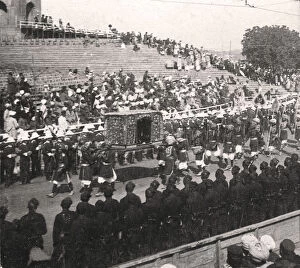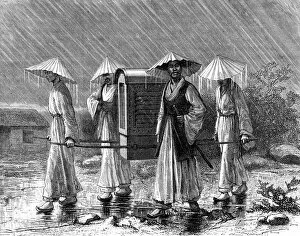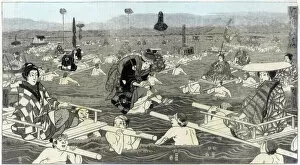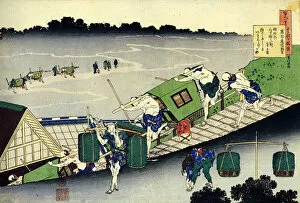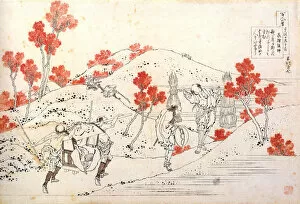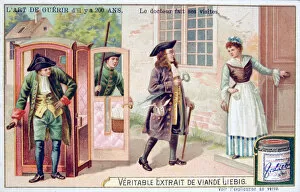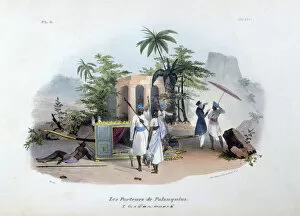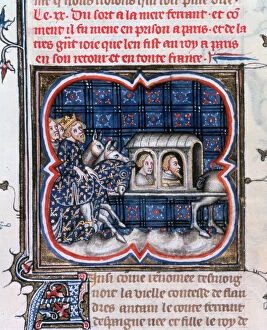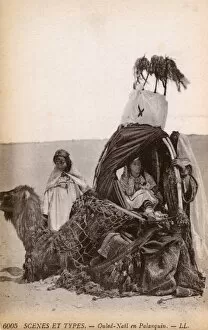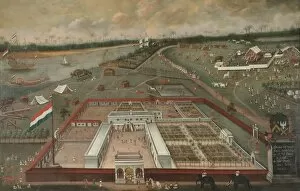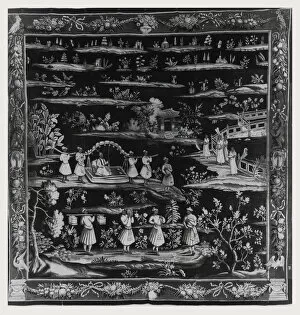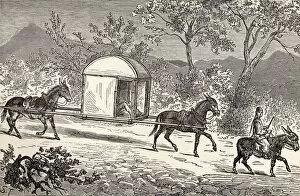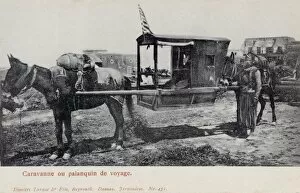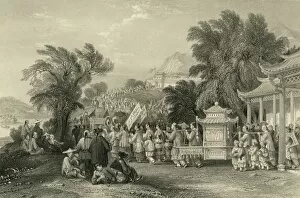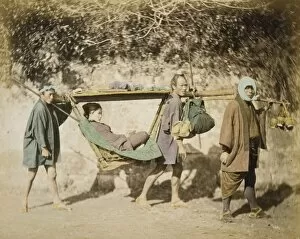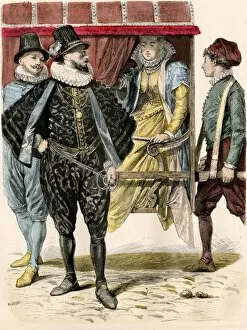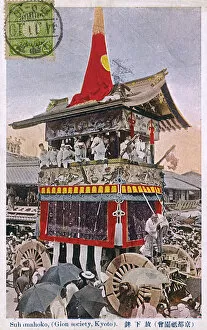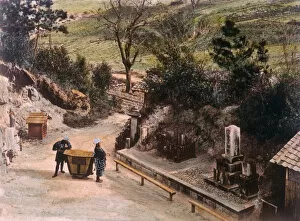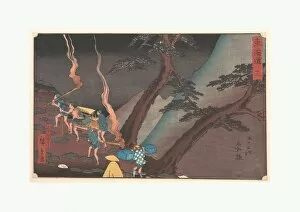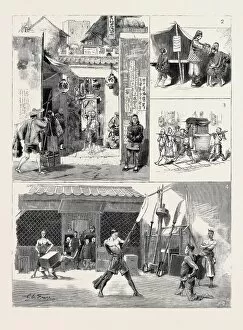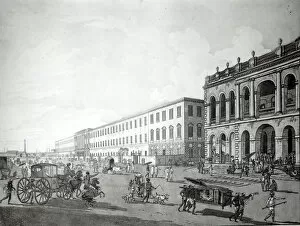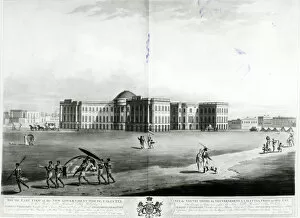Palanquin Collection (page 7)
A palanquin, also known as a sedan chair, is a fascinating mode of transportation that has been used in various cultures throughout history
All Professionally Made to Order for Quick Shipping
A palanquin, also known as a sedan chair, is a fascinating mode of transportation that has been used in various cultures throughout history. In India, it was common to see a group bearers carrying the luxurious contraption through the streets. These bearers would rest opposite the Parcel Office after their arduous task. One captivating tale involving a palanquin revolves around Almas and her encounter with the princess. As Almas sees the princess being carried in her ornate palanquin, she is filled with awe and admiration for the regal figure inside. For many individuals, riding in a palanquin was an entirely new experience. The first time someone from Calcutta stepped foot into this traditional Indian transport must have been quite memorable and perhaps even slightly intimidating. In ancient times, during battles or processions, one might witness an Indian war elephant adorned with soldiers and archers on its back while noblemen sat comfortably on their opulent palanquins atop these majestic creatures. The art world also captures the essence of this unique form of transportation. Waldeck's original artwork showcases Mesoamerica's beauty, including Box 9 out of 22 prints featuring scenes depicting people using different types of palanquins. India's rich cultural heritage extends beyond just daily life; it encompasses religious festivities as well. During festivals like Mariatal or Churrack-Pooja near Pondicheri, devotees honor goddess Draupadi by suspending themselves from long poles attached to hooks embedded in their skin – all while being lifted into the air resembling human-palanquins. Not limited to India alone, China also embraced this mode of transport. Handcoloured copperplate engravings depict various types such as long palanquins (miyana), jhalidar palkis, and copala palkis - each showcasing intricate designs fit for royalty. Even English ambassadors' daughters were not immune to the allure of palanquins.

